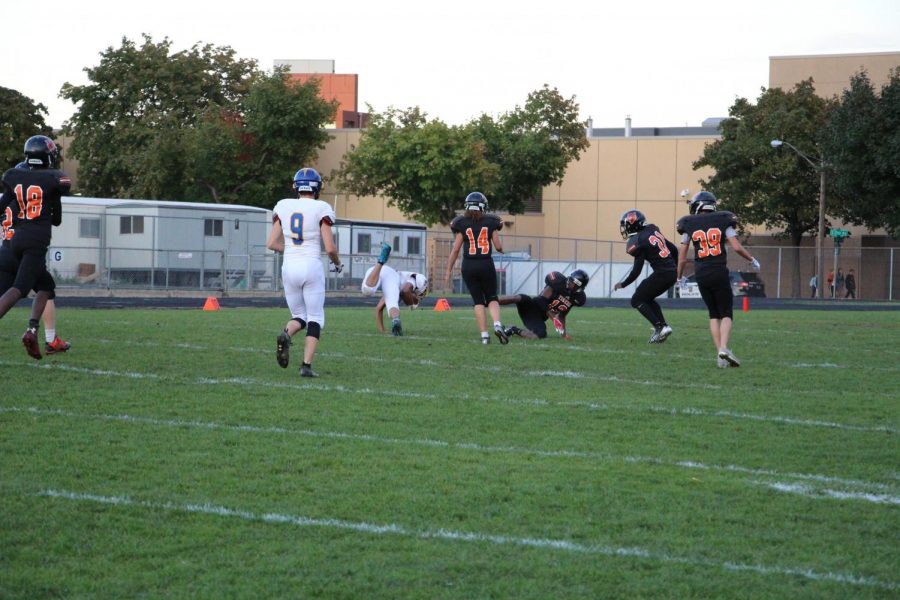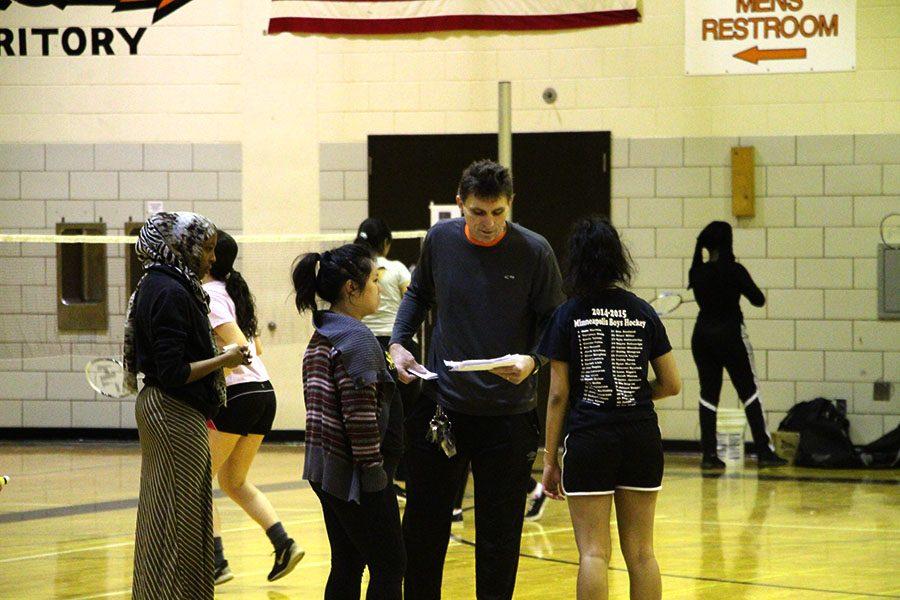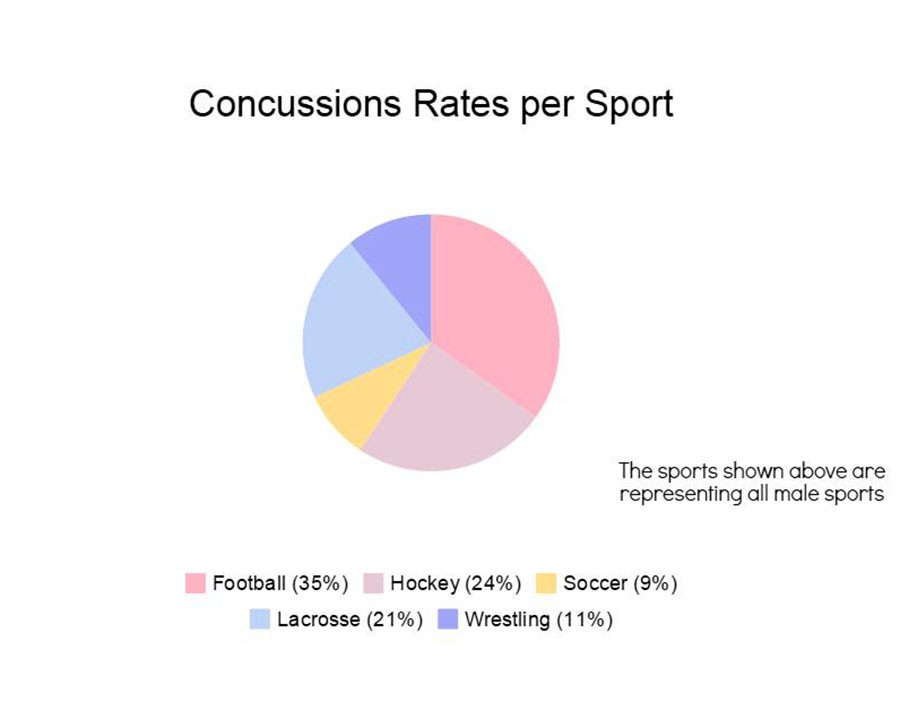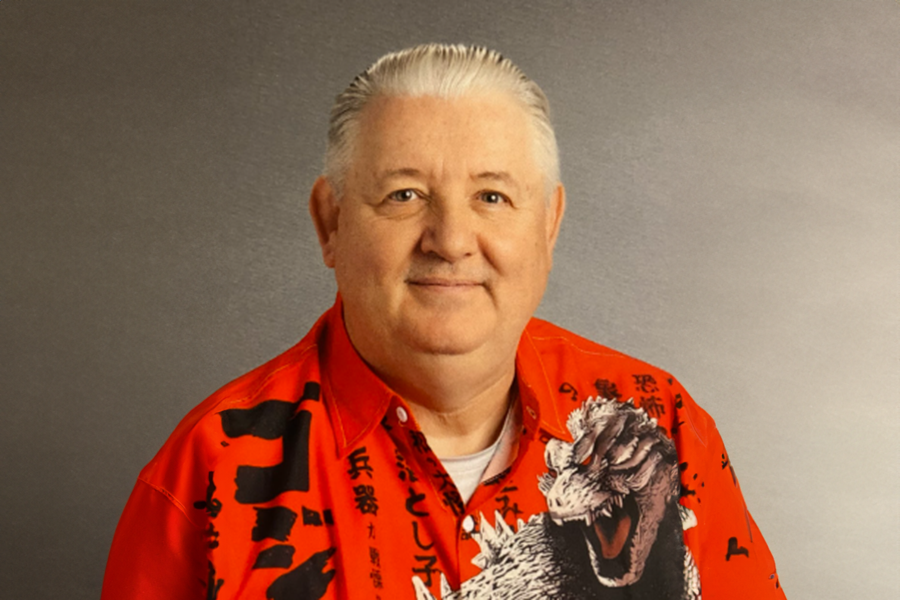Track runners get shin splints from running on the track. You can’t see the soccer ball if it’s on the other side of field. The football team doesn’t have the equipment that other schools do. South’s athletic fields can’t compete with the acres of turf at suburban school. But does that effect the way South’s teams play?
“We practice hard and listen to the coaches,” said senior football player Charlie Metcalf. But Metcalf finds the team lacking in equipment. “[It would] enhance our performance if we had certain equipment.”
In communities like Eden Prairie, kids are immersed in football when they are still in elementary school. These teams use the same plays that Eden Prairie High School uses, which gives the future football team an advantage, points out South High athletics director Mark Sanders. By the time they get to high school, they have been playing football with the same players for years, learning the high school plays in their developmental programs.
“[We want our players] to experience that [loss to a more experienced team] because that’s the level we’re trying to get to,” said Sanders.
Because of the high number of developmental programs for youth looking to play football, football tryouts at many suburban schools have an attendance of about 200-300 kids. At Wayzata High School, there are seven different football teams, compared to South’s four teams.
When South football tryouts come around, about 100 players try out to be on the team. In that pool of players, some students have never held a football in their hands, while others have been playing on teams for their whole lives.“We’re so diversified [in skill],” said Sanders.
John Washington, who works at the athletic office for Minneapolis Public Schools, says that funding for high school athletics is distributed based on the number of students who participate. South, for example, receives more money for their athletics programs than Edison High School does because South has more students who participate in the school’s sports. Washington says he thinks the way money affects teams the most would be the lack of new uniforms and supplies.
“We want our guys to get better everyday, represent their school and community in a good way, respect one another and have fun.” said head varsity coach of South football, Lenny Sedlock. He points out that winning isn’t included in these values. “By doing all these things, winning takes care of itself.”
“We value participation,” says Wayzata High School’s head football coach, Brad Anderson. Anderson runs his team by striving for excellence, and by appreciating the learning experience gained by participating in extracurricular activities.
Anderson also believes that having a playable field is important for his team. While South doesn’t have a stadium like Wayzata’s, senior Mark Akpaka doesn’t think it matters.
“We’re huff,” says Akpaka, who plays on South’s football team. Akpaka thinks that more money would improve the team by supplying more equipment and resources. But overall, the difference in resources don’t play a large part in the way Akpaka views the team.
Sedlock agrees with Akpaka that the differences don’t hurt the team. “Time is the only issue,” he said. At some suburban schools, football players spend 3-4 hours a day focused on only football, and players are allowed a class time period during the day do work on weight training. “We can’t do that here,” says Sedlock. Students have to work, or take care of their families. “We have less time.”
While South may not have the same facilities or time that suburban schools have, Sanders makes sure what he can control is the best it can be.
“[The coaching staff at South] is top notch, I wouldn’t change a thing,” said Sanders, “the people who are coaching are here for the right reason, they help players succeed in life and athletics. Despite overcoming all these obstacles, we still have a very competitive program.”











